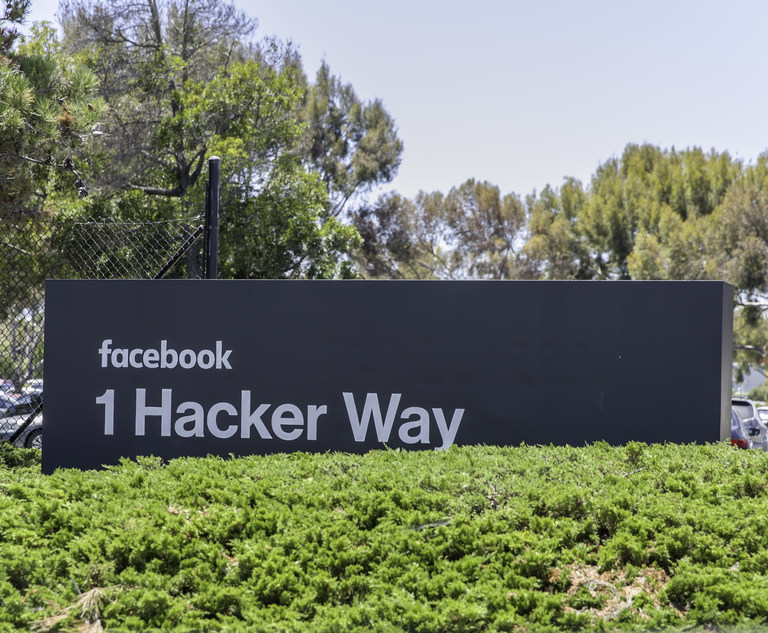The COVID-19 pandemic has caused significant worldwide disruptions of business operations and has negatively impacted stock prices globally. As a result, many corporations find themselves potentially vulnerable to abusive takeover tactics, such as inadequate or coercive takeover proposals and market accumulations by investors seeking to profit from depressed stock prices that may not accurately reflect a corporation’s intrinsic value. In addition, some corporations have found that, due to downward movement in their stock price, they are at an increased risk of ownership changes in their stock that would threaten or impair the value of their net operating losses. In order to address these threats, an increasing number of corporations have adopted stockholder rights plans, and many others are preparing rights plans to put on the shelf in case they need to be quickly deployed in the coming months.
The primary purpose of a traditional stockholder rights plan is to protect a corporation’s stockholders from hostile and abusive takeover tactics. By deterring would-be acquirers from accumulating a significant stake without negotiating with the board, rights plans help to ensure that all stockholders receive a fair and adequate price for their shares. A rights plan, which can be quickly implemented by a board of directors without stockholder approval, accomplishes this goal by threatening to dilute the ownership stake of any stockholder who acquires shares in excess of the triggering threshold of the rights plan without first negotiating with the board. The principal purpose of a so-called “NOL” rights plan is to deter stockholders from acquiring shares beyond a specified percentage, usually 5%, to limit ownership changes that would threaten the availability of certain tax benefits.


 From left: Nathaniel J. Stuhlmiller and Taylor D. Anderson of Richards Layton & Finger.
From left: Nathaniel J. Stuhlmiller and Taylor D. Anderson of Richards Layton & Finger.




